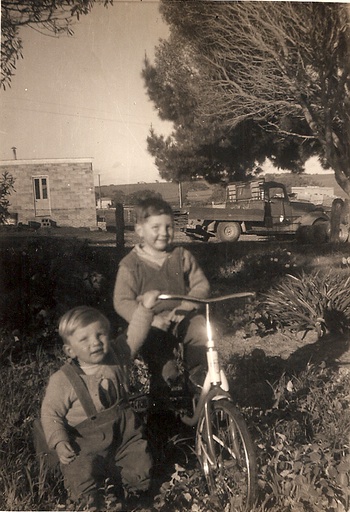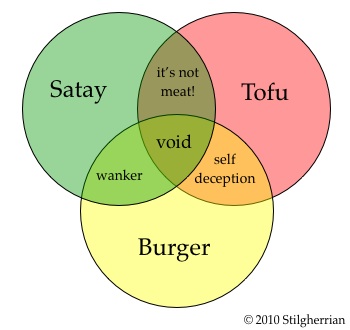Has email reached its use-by date as a business tool? If so, what next? That topic was explored in the combined ZDNet Australia / Lifehacker Australia TechLines webcast last week. Here’s the 66-minute end product.
If the embedded video doesn’t work, try over here.
Panellists were anthropologist Genevieve Bell, Intel Fellow at Intel Labs; Alistair Rennie, general manager of Lotus Software and WebSphere Portal at IBM’s Software Group; futurist Mark Pesce; and Adele Beachley, who is RIM’s managing director for Australia and New Zealand i.e. from BlackBerry Land. It was hosted by the ABC’s James O’Loghlin.
I was in the audience, invited specifically so I could ask a question. Indeed, I get one in at the end. You’ll see me in the front row with a silver MacBook Pro in my lap.
I found the whole thing fascinating. O’Loghin worked well as a host too, I reckon. But I was wondering why for a webcast we needed the full six-camera broadcast production style. Freemantle Media did a good job, don’t get me wrong. But it’s an expensive way of doing things. Oh well, it wasn’t my money…
Anyway, have a squizz and let me know what you think.





